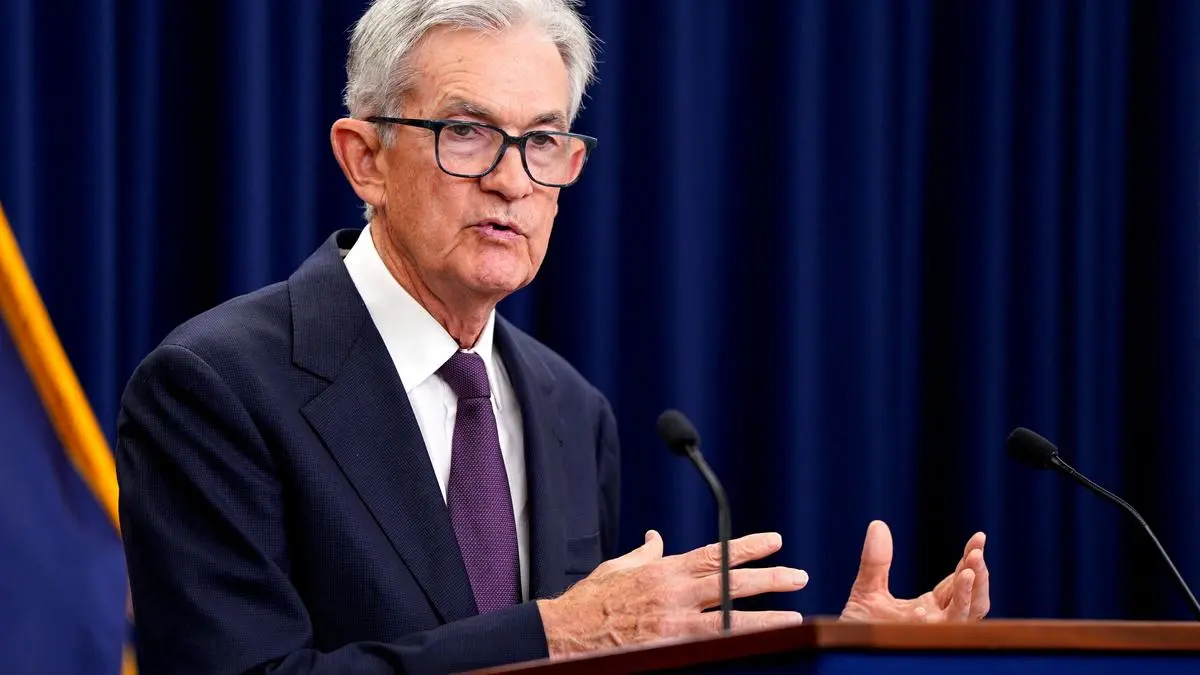
With US employment taking a turn for the worse and Chairman Jerome Powell already indicating that the Fed would return to its dual mandate, a cut in policy rates in the September US FOMC (Federal Open Markets Committee) meeting was a foregone conclusion. The only uncertainty was on whether the cut would be 25 or 50 basis points. The Fed took the conservative line by voting for a 25-basis point cut and clearly telegraphed that it will now be prioritising growth over inflation.
This week’s FOMC meeting was also closely watched to gauge if the central bank would cave in to government pressure on rates, after the appointment of Trump aide Stephen Miran on the Federal Reserve Board. Miran batted for a 50-basis point rate cut but was outvoted by the FOMC’s other 11 members. The US Fed may have stood its ground on a measured reduction in rates; but its economic projections underplay stagflation risks to the US economy. In the last three months from June to August 2025, US non-farm payrolls (new jobs created in the economy) have plummeted to a monthly average of 29,000 against 82,000 in the same period last year. Labour supply seems to be shrinking due to the immigrant crack-down, but the unemployment rate has still crept up from 4.1 per cent to 4.3 per cent. While the impact of recent job losses on US consumer spending is yet to be felt, the housing market is showing cracks, with slowing building activity. At the same time, there are signs that the arbitrary import tariffs that the US has slapped on its trading partners are showing up in its domestic inflation numbers.
After moderating between February and April 2025, US PCE (Personal Consumption Expenditure) inflation has risen from 2.2 per cent to 2.6 per cent in the last four months, far above the official 2 per cent target. In the circumstances, FOMC’s projections revising US real GDP growth for Q4 2025 upwards to 1.6 per cent (from 1.4 per cent in the June meeting), even as unemployment is expected to hit 4.5 per cent, appear optimistic. FOMC also seems to be betting that tariff impact on inflation will be transitory, as it has pencilled in two more rate cuts of 25 basis points each in 2025 and 2026. As inflation is expected to stay at 3 per cent for the rest of 2025, 2.6 per cent in 2026 and get to the 2 per cent target only by 2028, the US economy is at risk of runaway inflation coinciding with slowing growth.
Given these circumstances, it would be quite out of place for stock and bond markets to celebrate the resumption of Fed rate cuts as they usually do. Slowing US growth can act as a trigger for correction not just in US stocks but also in global and Indian stocks. For some time now, global bond markets have been more worried about unsustainable sovereign debt than central bank actions. Therefore, though the Fed’s rate cuts ward off the immediate threat to India’s capital flows and the rupee from narrow rate differentials, these risks will remain until the advanced economies get their acts together on their borrowing binge.
Published on September 19, 2025



